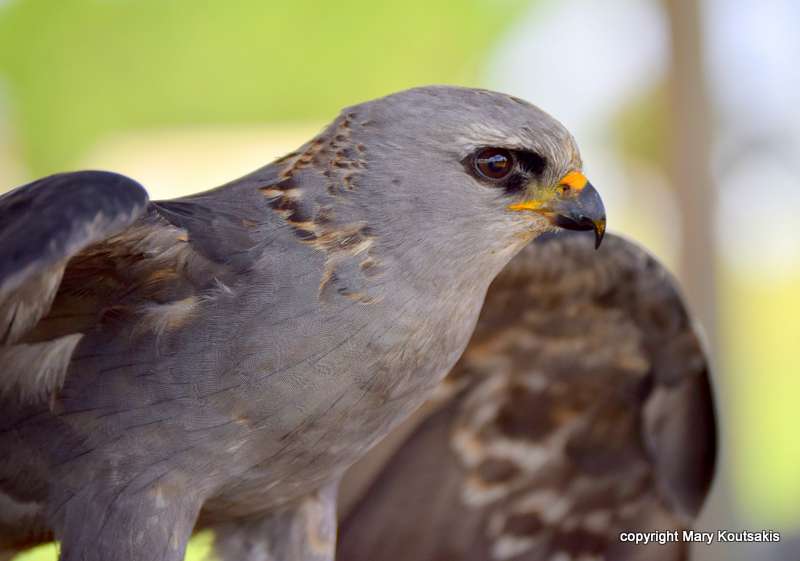

Whether walking along Forbidden Drive or along one of the more rugged trails, you’ll see a tremendous number of species.īird Species: Pileated Woodpecker, American Goldfinch, Great Blue Heron, Indigo Bunting, Wood duck, Red-eyed Vireos, Wood Thrushes, Rough-winged Swallows, White-breasted Nuthatches, Red-bellied Woodpeckers, cardinals, Mourning Doves, and many others.

Once you learn, go and test your skills in the park. An excellent space for novice bird watchers, the park association offers classes to identify birds.

One of the biggest urban parks in the US, this one is a significant birding area as well. Lots of birds can be observed from Forbidden Drive Located at 157 Westcott Ave, Trenton, NJ 08610. Take a leisurely stroll on the paths and take your binoculars to notice the birds in their activity.īird Species: Harrier Hawks, American Goldfinch, Rusty Blackbirds, grebe, wood ducks, woodpeckers, and many more. You may also bring a kayak to paddle through the waters. When you enter the Abbott Marshlands, you come across a variety of wildlife and botanical delights, including a tidal march and a beautiful lake known to be a famous stop-over for migratory birds, which is a great spot for fishing too. Tulpehaking Nature Center at the Abbott Marshlands Located at 1400 North Outer Line Drive, King of Prussia, PA 19406. Bird walks are around 2 hours long and cover 1.5 miles of walking.īird Species: Mute Swan, Snow Goose, American Goldfinch, Canadian Goose, American Black Duck, Mallard, Lesser Scaup, Bufflehead, Hooded Merganser, Tundra Swan, Wild Turkey, Pied-billed Grebe, Great Blue Heron, Turkey Vulture, Great Horned Owl, Cooper’s Hawk, American Coot, and many others. More than 225 bird species can be observed in Valley Forge park, particularly from Mount Joy, adjacent to the Schuylkill River, along the Valley Creek, and in the park meadows. The fall is a great time for spotting birds at Valley Forge Located at 1201 Pawlings Road, Audubon, PA 19403. The original farmhouse from 1762 still stands.īird Species: Bald Eagle, Canadian Goose, American Goldfinch, Chimney Swift, Tufted Titmouse, Eastern Bluebird, Carolina Wren, Mallard, Red-tailed Hawk, Common Merganser, Orchard Oriole, Purple Finch, American Kestrel, Indigo Bunting, Field Sparrow, Killdeer, Eastern Towhee, and many others. He watched birds on this farm and developed his technique of drawing birds. It was here than famed naturalist and ornithologist John James Audubon lived when he came to America. Here, you can watch birds in their natural habitat, eating harmful insects, learning field marks, and playing at their feeders.įor birders, this site has special significance. The John James Audubon Center is open every day from dawn to dusk every day. If you go birding, you’re likely to find a new species. Given the city’s location on two major rivers and the proximity to the Atlantic Ocean, we receive both migratory and some coastal species. They stay here, breed here, and move on to the north. A variety of birds, including shorebirds, flycatchers, finches, and woodpeckers, visit the Tri-state area suburbs during this season. Given that this is America’s Garden Capital, here are the best bird watching places near Philadelphia that any bird lover must include in their bucket list.Įvery spring, over 30 warbler species pass through Pennsylvania while migrating from Central America, the Caribbean, and South America. The city of Philadelphia and the surrounding counties have a wonderful diversity of birds and wildlife. Some posts on this site contain affiliate links, meaning if you book or buy something through one of these links, we may earn a small commission (at no extra cost to you).


 0 kommentar(er)
0 kommentar(er)
